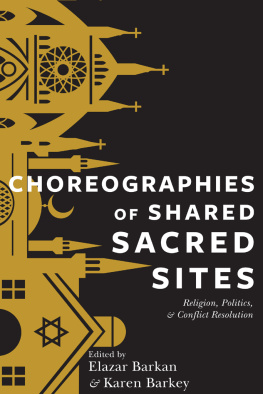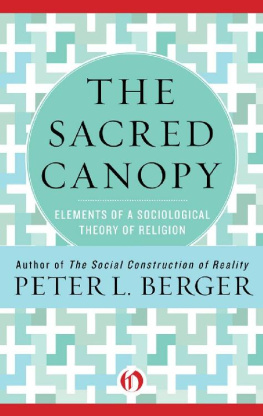Lieke Wijnia - Resonating Sacralities: Dynamics between Religion and the Arts in Postsecular Netherlands
Here you can read online Lieke Wijnia - Resonating Sacralities: Dynamics between Religion and the Arts in Postsecular Netherlands full text of the book (entire story) in english for free. Download pdf and epub, get meaning, cover and reviews about this ebook. year: 2022, publisher: Walter de Gruyter, genre: Religion. Description of the work, (preface) as well as reviews are available. Best literature library LitArk.com created for fans of good reading and offers a wide selection of genres:
Romance novel
Science fiction
Adventure
Detective
Science
History
Home and family
Prose
Art
Politics
Computer
Non-fiction
Religion
Business
Children
Humor
Choose a favorite category and find really read worthwhile books. Enjoy immersion in the world of imagination, feel the emotions of the characters or learn something new for yourself, make an fascinating discovery.

- Book:Resonating Sacralities: Dynamics between Religion and the Arts in Postsecular Netherlands
- Author:
- Publisher:Walter de Gruyter
- Genre:
- Year:2022
- Rating:4 / 5
- Favourites:Add to favourites
- Your mark:
Resonating Sacralities: Dynamics between Religion and the Arts in Postsecular Netherlands: summary, description and annotation
We offer to read an annotation, description, summary or preface (depends on what the author of the book "Resonating Sacralities: Dynamics between Religion and the Arts in Postsecular Netherlands" wrote himself). If you haven't found the necessary information about the book — write in the comments, we will try to find it.
In The Netherlands, the arts have gained a sacralized status, while religion is increasingly viewed through the lens of heritage. The dynamic resonance of sacred forms this results in, is exemplary for the postsecular. Exploring this resonance, this book offers a strong counterweight to the popular trope of the arts having replaced religion in secularized societies. Instead it approaches artistic performance, religion, and its heritage as mutually engaging sacred forms.
Lieke Wijnia thoroughly connects theoretical perspectives on the sacred with ethnographic research at the annual festival Musica Sacra Maastricht. She explores the continued relevance of a broad conceptual approach to the sacred, as well as the practical side to negotiating the sacred at the festival. The resulting analyses shed new light on topics like musical performance as generator of the sacred, how art and heritage impact the continuity of religion in secularized societies, and the fragility of artistic performance in the contemporary fragmented framework of the sacred. This book offers an innovative and interdisciplinary interpretation of the continuing significant role of art and religion in postsecular societies.
Lieke Wijnia: author's other books
Who wrote Resonating Sacralities: Dynamics between Religion and the Arts in Postsecular Netherlands? Find out the surname, the name of the author of the book and a list of all author's works by series.









